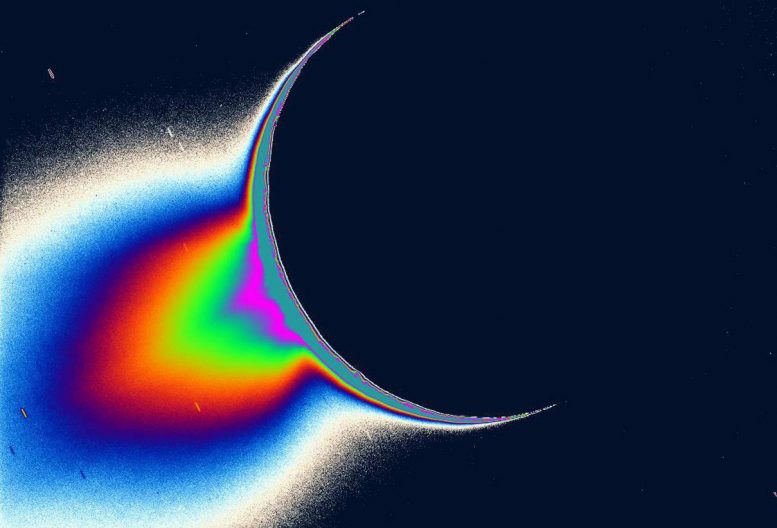
An image of Saturn’s moon Enceladus backlit by the Sun, taken by the Cassini mission. The false color tail shows jets of icy particles and water that spray into space from an ocean that lies deep below the moon’s icy surface. Future missions could search for the ingredients for life in an ocean on an icy moon like Enceladus. Credit: NASA/JPL/Space Science Institute
Scientists have reproduced in the lab how the ingredients for life could have formed deep in the ocean 4 billion years ago. The results of the new study offer clues to how life started on Earth and where else in the cosmos we might find it.
Astrobiologist Laurie Barge and her team at NASA’s Jet Propulsion Laboratory in Pasadena, California, are working to recognize life on other planets by studying the origins of life here on Earth. Their research focuses on how the building blocks of life form in hydrothermal vents on the ocean floor.
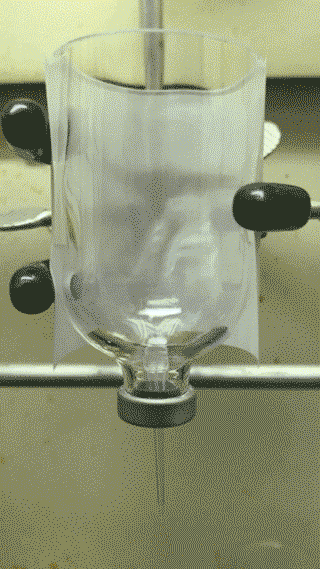
A time-lapse video of a miniature hydrothermal chimney forming in the lab, as it would in early Earth’s ocean. Natural vents can continue to form for thousands of years and grow to tens of yards (meters) in height. Credit: NASA/JPL-Caltech/Flores
To re-create hydrothermal vents in the lab, the team made their own miniature seafloors by filling beakers with mixtures that mimic Earth’s primordial ocean. These lab-based oceans act as nurseries for amino acids, organic compounds that are essential for life as we know it. Like Lego blocks, amino acids build on one another to form proteins, which make up all living things.
“Understanding how far you can go with just organics and minerals before you have an actual cell is really important for understanding what types of environments life could emerge from,” said Barge, the lead investigator and the first author of the new study, published in the journal Proceedings of the National Academy of Sciences. “Also, investigating how things like the atmosphere, the ocean, and the minerals in the vents all impact this can help you understand how likely this is to have occurred on another planet.”
Found around cracks in the seafloor, hydrothermal vents are places where natural chimneys form, releasing fluid heated below Earth’s crust. When these chimneys interact with the seawater around them, they create an environment that is in constant flux, which is necessary for life to evolve and change. This dark, warm environment fed by chemical energy from Earth may be the key to how life could form on worlds farther out in our solar system, far from the heat of the Sun.
“If we have these hydrothermal vents here on Earth, possibly similar reactions could occur on other planets,” said JPL’s Erika Flores, co-author of the new study.
Hydrothermal vents are places in the seafloor where warm water from under the Earth’s crust mixes with near-freezing seawater. These vents form natural chimneys, which play host to all kinds of ocean life. Credit: MARUM/University of Bremen/NOAA-Pacific Marine Environmental Laboratory
Barge and Flores used ingredients commonly found in early Earth’s ocean in their experiments. They combined water, minerals, and the “precursor” molecules pyruvate and ammonia, which are needed to start the formation of amino acids. They tested their hypothesis by heating the solution to 158 degrees Fahrenheit (70 degrees Celsius) — the same temperature found near a hydrothermal vent — and adjusting the pH to mimic the alkaline environment. They also removed the oxygen from the mixture because, unlike today, early Earth had very little oxygen in its ocean. The team additionally used the mineral iron hydroxide, or “green rust,” which was abundant on early Earth.
The green rust reacted with small amounts of oxygen that the team injected into the solution, producing the amino acid alanine and the alpha hydroxy acid lactate. Alpha hydroxy acids are byproducts of amino acid reactions, but some scientists theorize they too could combine to form more complex organic molecules that could lead to life.
“We’ve shown that in geological conditions similar to early Earth, and maybe to other planets, we can form amino acids and alpha hydroxy acids from a simple reaction under mild conditions that would have existed on the seafloor,” said Barge.
Barge’s creation of amino acids and alpha hydroxy acids in the lab is the culmination of nine years of research into the origins of life. Past studies looked at whether the right ingredients for life are found in hydrothermal vents, and how much energy those vents can generate (enough to power a light bulb). But this new study is the first time her team has watched an environment very similar to a hydrothermal vent drive an organic reaction. Barge and her team will continue to study these reactions in anticipation of finding more ingredients for life and creating more complex molecules. Step by step, she’s slowly inching her way up the chain of life.
This line of research is important as scientists study worlds in our solar system and beyond that may host habitable environments. Jupiter’s moon Europa and Saturn’s moon Enceladus, for example, could have hydrothermal vents in oceans beneath their icy crusts. Understanding how life could start in an ocean without sunlight would assist scientists in designing future exploration missions, as well as experiments that could dig under the ice to search for evidence of amino acids or other biological molecules.
Future Mars missions could return samples from the Red Planet’s rusty surface, which may reveal evidence of amino acids formed by iron minerals and ancient water. Exoplanets — worlds beyond our reach but still within the realm of our telescopes — may have signatures of life in their atmospheres that could be revealed in the future.
“We don’t have concrete evidence of life elsewhere yet,” said Barge. “But understanding the conditions that are required for life’s origin can help narrow down the places that we think life could exist.”
Reference: “Redox and pH gradients drive amino acid synthesis in iron oxyhydroxide mineral systems” by Laura M. Barge, Erika Flores, Marc M. Baum, David G. VanderVelde and Michael J. Russell, 25 February 2019, PNAS.
DOI:10.1073/pnas.1812098116

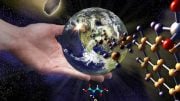
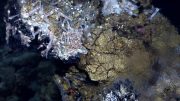
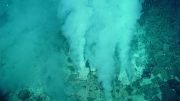
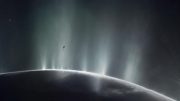
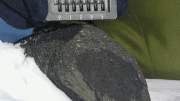
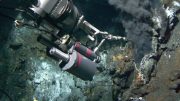
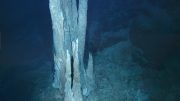
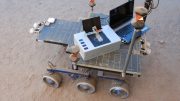
Not saying evolution does not exist, adaptation to one’s environment clearly happens. I am saying, that given the odds against a single DNA strand forming out of the mud on it’s on are so statistically impossible to make it highly unlikely.
This is what makes up the DNA molecule. At it’s core there are only 4 atoms (Carbon, Nitrogen, Oxygen, Phosphorus and Hydrogen). They then make up the six basic parts of DNA, two chemical components and four nitrogenous bases, which are, phosphate, deoxyribose, adenine, quanine, cystosine and thymine. If you were to individually break down a mess of DNA molecules into their basic parts, stir them all up and pour them into any kind of ocean mix or even just by themselves. Shoot a bolt of lightning into it or don’t, those components will never come together to form even a single strand of DNA. But what’s even more statistically impossible that those four atoms would come together all in the same place to form the six basic parts it takes to form the DNA molecule to begin with.
Correction to my comment: 5 atoms LOL!
it takes a lot of faith to make the leaps you are making…you are a person of great faith, not of science. We need repeatable results, not one highly speculative hypothesis after another unproven, untested hypothesis after yet another…So this is speculation & not science. Deal with it. And what if you re-invent the conditions & process steps that God the Creator used to make life? You will have proven the necessity for an intelligent designer to do the work. It simply doesn’t happen on its own. The odds are too stacked against it. Your science here does little more than to confirm that fact.
Hmm. Reminds me of my moon rocks aquarium kit when I was a little guy.it always killed the sea monkeys though.Good thing God isn’t an 8 year old.Do they still sell those things?
Religious fanatics do not like what this article had to say. I thought it was pretty interesting; piece by piece, they get closer and closer. Keep going, science! Dont be discouraged by these sheeps. Their shepherd is no where to be found, and they have lost even their own way. Watch… they dont even like their own pet name…
The last sentence sums up the article. “We don’t have concrete evidence of life elsewhere yet,” said Barge. “But understanding the conditions that are required for life’s origin can help narrow down the places that we think life could exist.”
What is life? And doesn’t life always need to come from previous life? An unb try oken thread?